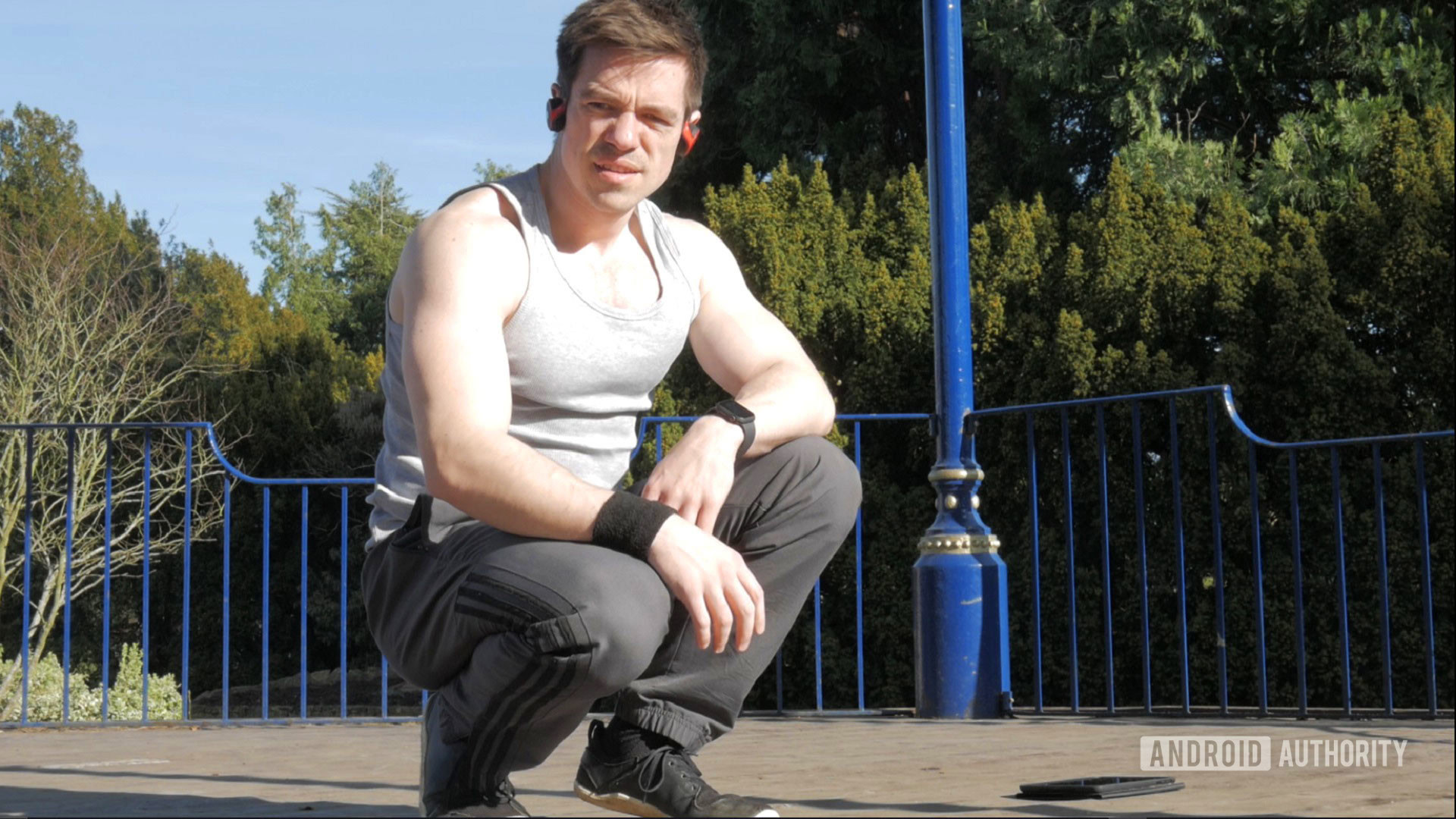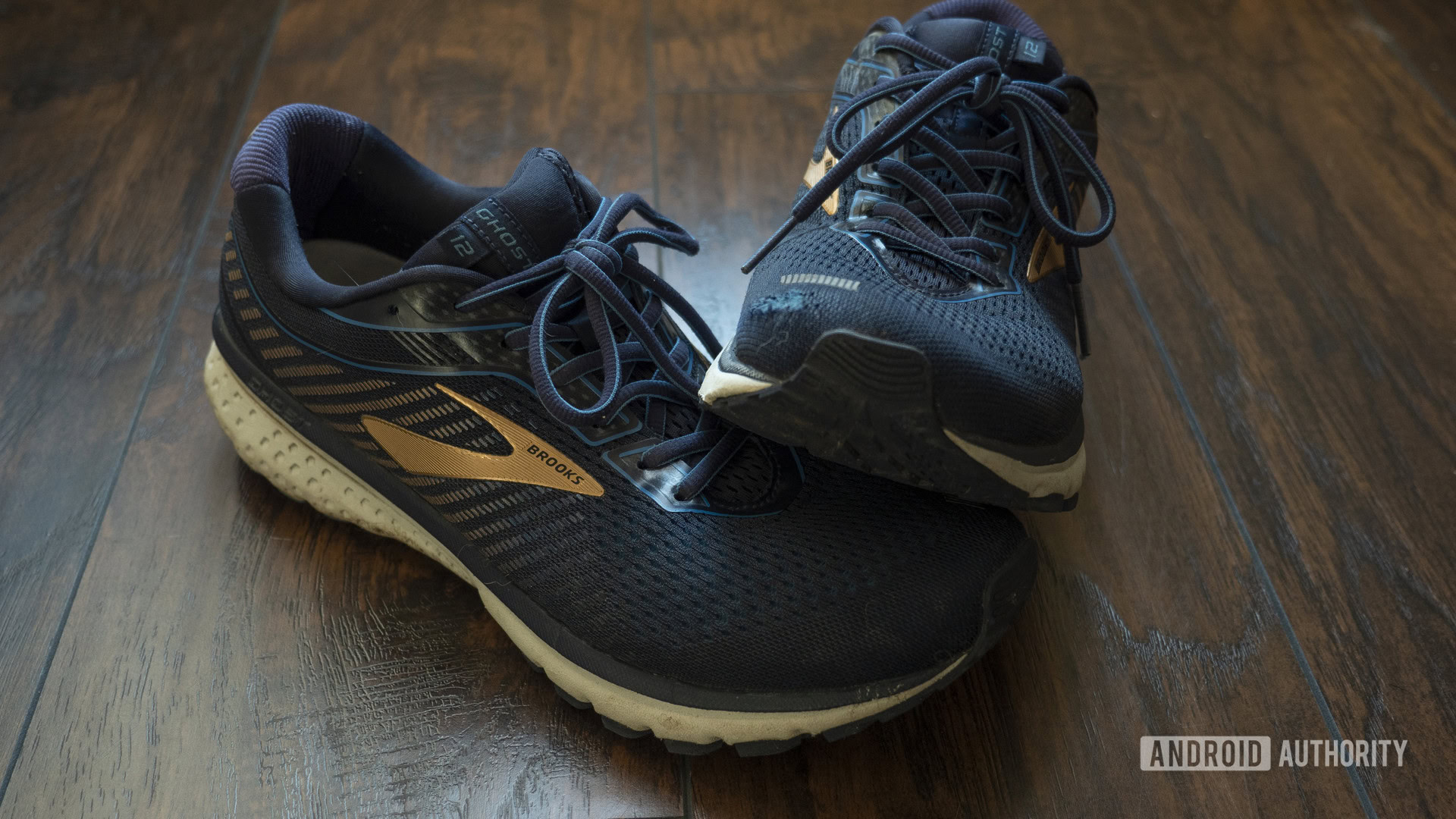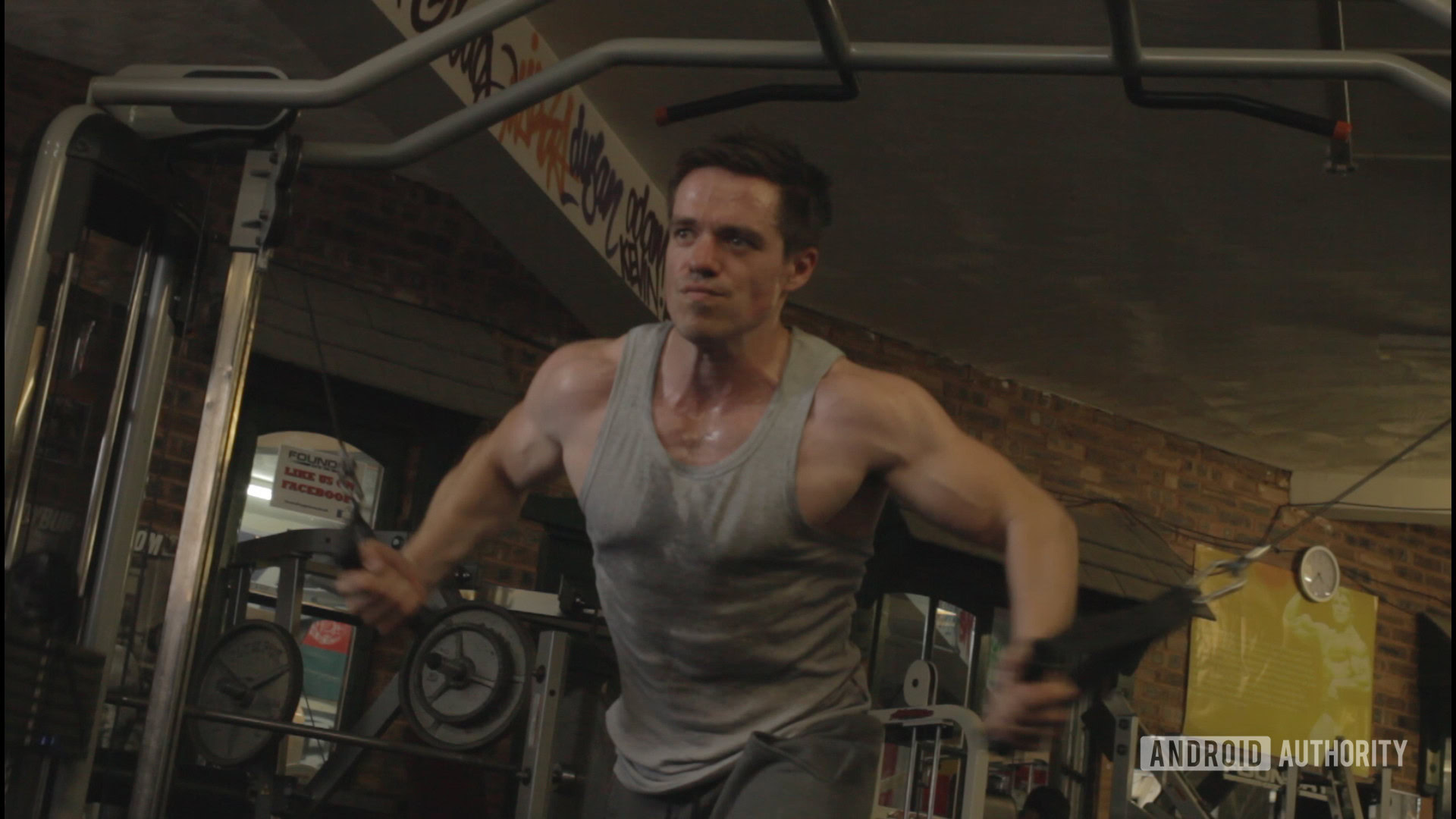Affiliate links on Android Authority may earn us a commission. Learn more.
How long does it take to lose muscle when you stop training?

With coronavirus locking down gyms around the world, many of us worry about losing our gains. Of course, training from home is an option, but not everyone has the capacity or the interest to do so. Moreover, while you can get into great shape with bodyweight training and dumbbells, nothing can quite replace a heavy lift like a squat will have on the body. The more relevant question for many people will be this: how long can they go without training before they lose their gains? How long does it take to lose muscle?
Fortunately, the answers may be somewhat reassuring. But complex. But reassuring. Read on!
See also: The best fitness trackers you can buy
How long does it take to lose muscle?

There have been studies examining how quickly athletes will lose muscle following a break in training. For example, if you train 5-6 times per week for over a year, then stop, you can expect to start losing strength in as little as three weeks. Similar findings were shown among non-athletes that stopped visiting the gym. However, it will typically be four weeks before you start to see any noticeable changes.
You may find that you notice a change in muscle size before you begin losing strength. This is because there are actually two types of muscle hypertrophy (growth). Those are myofibrillar hypertrophy and sarcoplasmic hypertrophy. The terms are a little contentious (some prefer contractile and non-contractile), and the evidence is murky, but generally, there is consensus that muscle grows in these two ways.
You can expect to start losing strength in as little as three weeks.
Myofibrillar hypertrophy occurs when the muscle fibers thicken. Typically, this occurs as the fiber is broken down via microtears then rebuilt to be stronger using protein.
In sarcoplasmic hypertrophy, the muscle grows due to cell swelling: increased retention of sarcoplasm (fluid) and accompanying glycogen.
More reading: How to train every muscle group with this one routine
Bodybuilders tend to have a lot of sarcoplasmic hypertrophy (in addition to myofibrillar hypertrophy), contributing to their swollen appearance. But seeing as this is only caused by increased fluid retention, it is also much faster to fade. In addition, increased glycogen can also provide more energy for longer sets, so you may find that your strength endurance is also lost before your maximum lifting capacity.
You will likely also retain a certain level of strength for months and maybe even years
Other adaptations to strength training
With that said, strength training also causes other adaptations. These include neural adaptations that alter the body’s ability to call on available muscle cells during contractions and reinforced tendon strength. Both these changes are likely to hang around a lot longer but also take longer to develop. So the longer you’ve been training, the more of your strength you’ll hold onto.
Answering the question of “how long does it take to lose muscle” is a little more complicated then. You will notice a drop in size and some strength within a few weeks, which may accelerate from there. However, you will likely also retain a certain level of strength for months and maybe even years after retiring from training.
How long does it take to get out of shape?
Muscle is not the be-all, end-all of fitness! Many people focus more on cardiovascular fitness, using long runs to improve VO2 max, work capacity, mitochondrial density, and lactate threshold. As well as asking how long does it take to lose muscle, we should also consider how long this type of fitness hangs around.
This type of fitness fades pretty quickly, unfortunately. In particular, the body will reduce the number of red blood cells it actively produces, leading to a rapid decline in endurance. This may happen within a few days, in fact! Over a 3-4 week break from cardio, an athlete could lose anything from 4-25% of their fitness. An absolute beginner might find that their fitness is reset all the way back to zero.

The good news is that lockdown shouldn’t prevent most of us from our usual running activities.
Moreover, cardiovascular fitness has many components, just like muscle strength. Other factors include your body composition (more fat = more work for your heart), your mitochondrial density, the strength of your heart, your ability to remove excess metabolites from your blood, the blood supply to the muscles, slow-twitch muscle fiber, and more! You will even see changes to your neck and chest muscles, which aid breathing and taking in oxygen!
Many of these changes will hang around much longer, while some are similarly quick to disappear. For example, capillary density appears to begin to change after around four weeks, whereas the mitochondrial density of muscle can fall by up to 50% in a single week. (Mitochondria are tiny fuel cells that we use to create ATP — the pure form of energy that the body needs.)
Related: The best home fitness streaming services | The best workout and exercise apps for Android
Changes to the strength of the heart could last much longer. Again, your mileage may vary depending on the way you trained specifically and how long for.
The good news
So far, it’s a bit of a mixed bag, but don’t worry! There is a fair bit of good news too.
The first is this: it only takes one strength training session a week to maintain the benefits of strength training. This has been found in multiple studies, and it also holds in my own experience. Maintaining strength and fitness is much easier than building it. So how long do you keep muscle when you stop training might not be a relevant question, as long as you can do something to tide yourself over. If you have some heavy weights, just doing a little could do a lot to stave off the loss of muscle mass.
Also read: The best home fitness tips, gear, and apps to keep you feeling your best
That may not help everyone during the lockdown, though. So you may be pleased to learn about the significant benefits of training that stick around permanently. While these might not be immediately apparent (because you still lose the muscle), these changes ensure that it is much easier to regain your progress once it is lost.

For example, working increases the number of myonuclei – the nuclei in your muscle cells. These are responsible for protein synthesis and essentially determine how much muscle you have the potential to build. The good news is that this doesn’t change, so while the myonuclei are hard-won to begin with, they stick around long after and help build more muscle in the future.
Your DNA will also be altered indefinitely.
Better yet is that your DNA will also be altered indefinitely! Specifically, gene transcription means that certain genes in your cells can turn off or turn on, which alters the way they are “expressed.” Think of it as going through a set of instructions and crossing out certain sections while highlighting others. When you build more muscle mass again, your body refers to this cheat sheet and comes back stronger, much faster.
Should you worry about losing your fitness progress during the lockdown? Simply put, no. As long as you can maintain just a little exercise, your strength will stick around. Some changes won’t go anywhere even if you can’t work out at all. And when you return to the gym, you’ll get back to where you were very quickly.
How long do you keep muscle when you stop training might be the wrong question. Instead, maybe you should focus on other skills and attributes you could develop to supplement your strength when you return.